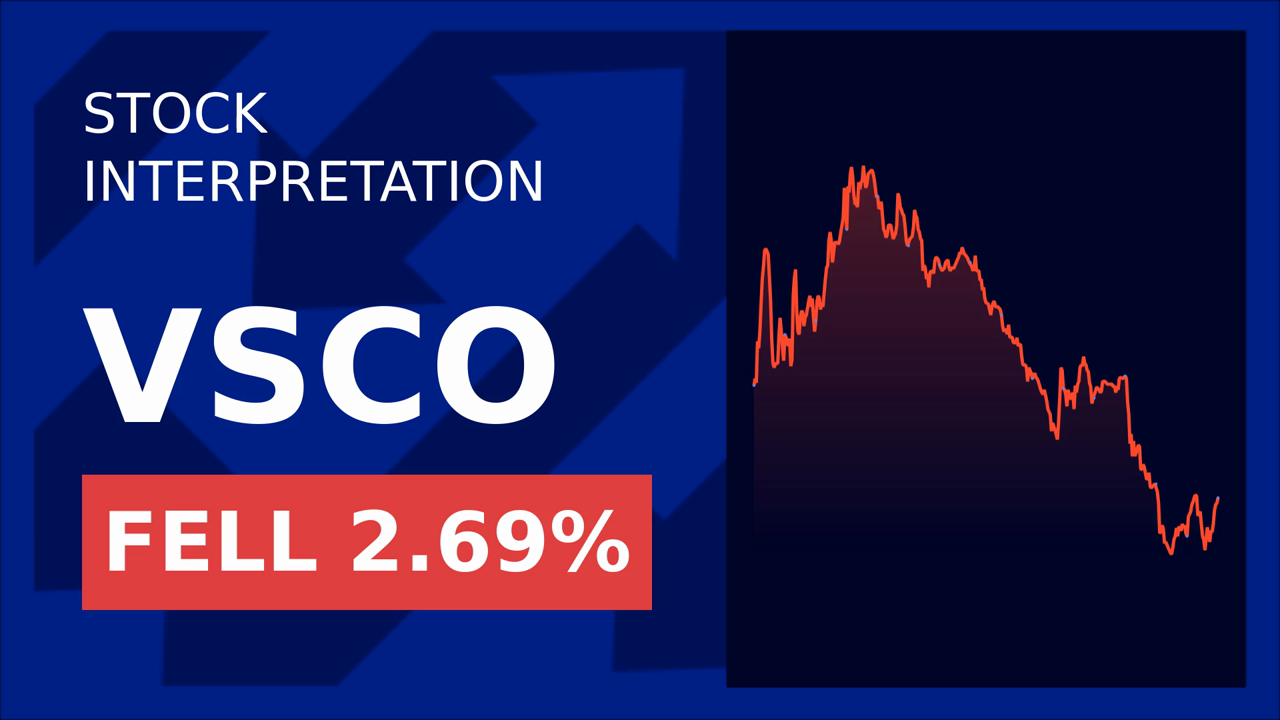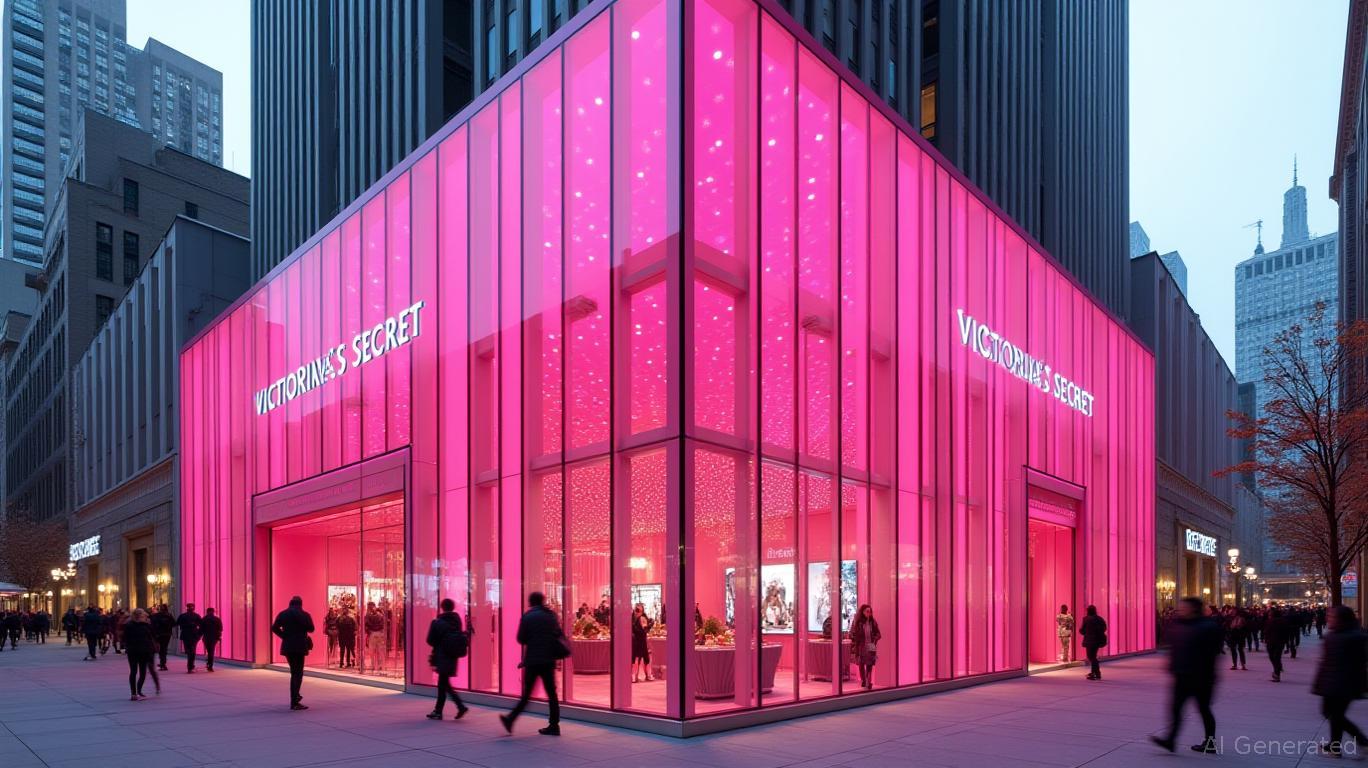Victoria’s Secret’s ROE Sparkles, but Debt Clouds the Horizon?

Victoria’s Secret & Co. (NYSE: VSCO) has delivered a compelling return on equity (ROE) of 25% over the trailing twelve months, a metric that often excites investors. But as the lingerie giant’s financial health improves, its reliance on debt raises critical questions: Is this ROE sustainable, and does it justify optimism—or is it a mirage built on borrowed time?
The ROE Attraction
At first glance, VSCO’s ROE stands out. A 25% TTM ROE means the company generated $0.25 in profit for every $1 of shareholder equity, a strong performance in a retail sector still grappling with post-pandemic turbulence. The fourth-quarter ROE surged to 30.67%, driven by a robust $193 million net income, as holiday sales and cost-cutting efforts delivered a pop in profitability. Even the full-year ROE of 27.65% (excluding non-recurring items) suggests operational efficiency: the company improved its net income to $165 million in fiscal 2024, up from $109 million in 2023.
But ROE alone is a double-edged sword. While it reflects management’s ability to generate returns, it can also be inflated by financial leverage. Here lies the crux of VSCO’s dilemma.
Debt: The Elephant in the Boardroom
VSCO’s debt-to-equity (D/E) ratio of 4.06—meaning its debt is over four times its equity—is a stark reminder of its reliance on borrowing. Though this ratio has improved from 6.17 earlier in 2024, it remains elevated compared to peers like Hanesbrands (HBI), which carries a D/E of 0.76. The 4.06 D/E underscores that VSCO’s ROE gains are partly debt-fueled.
While debt can amplify returns, it increases vulnerability to economic downturns. VSCO’s adjusted operating income of $299 million in Q4 2024, which beat expectations, suggests it can currently service its debt. However, its cautious 2025 guidance—forecasting net sales of $6.2–$6.3 billion and adjusted operating income of $300–$350 million—hints at challenges ahead. Unseasonal weather and macroeconomic pressures have already impacted Q1 2025, and higher interest rates could squeeze margins further.
Sales and Profits: A Fragile Foundation?
VSCO’s revenue growth remains tepid. Net sales for fiscal 2024 rose just 1% to $6.23 billion, with comparable sales flat for the year. Even the 5% comparable sales jump in Q4—a holiday quarter—was a bright spot in an otherwise muted year. Meanwhile, profit margins have improved: the adjusted operating margin expanded to 12.3% in Q4 2024, up from 9.6% in Q4 2023. This reflects cost discipline, including store closures and a streamlined product portfolio.
Yet, the company’s path to growth is fraught. Its core bra-and-slippery business faces intensifying competition from athleisure brands and direct-to-consumer disruptors. Victoria’s Secret’s brand repositioning under Chief Executive Martin Waters—emphasizing inclusivity and sustainability—has yet to translate into consistent top-line momentum.
The Balance: ROE vs. Risk
The allure of VSCO’s ROE is undeniable, but it must be weighed against the risks of its debt-heavy balance sheet. If the company can sustain its operating performance, the ROE could remain robust. However, a recession or a prolonged sales slump could strain its ability to service debt.
Investors should also scrutinize management’s capital allocation. VSCO has prioritized deleveraging, reducing debt by $250 million in fiscal 2024. Yet, with $1.9 billion in total debt as of February 2025, the path to a healthier D/E ratio is long.
Conclusion: A High-Wire Act
Victoria’s Secret’s 25% ROE is a testament to its turnaround under Waters, but it’s a performance balanced on a tightrope of debt. The company’s recent operational improvements and cost controls are encouraging, yet its high leverage means any stumble could erase gains.
For bulls, the ROE signals that VSCO’s restructuring is working. For bears, the D/E ratio warns of systemic risk. The stock’s current valuation—trading at 10x forward earnings—suggests the market is skeptical.

The verdict? VSCO’s ROE is impressive, but its debt clouds the outlook. Investors must decide whether the company’s ability to generate returns outweighs its financial fragility—or if this is a high-risk bet on a brand still fighting to redefine itself. In a volatile market, patience may be the only sure return.










